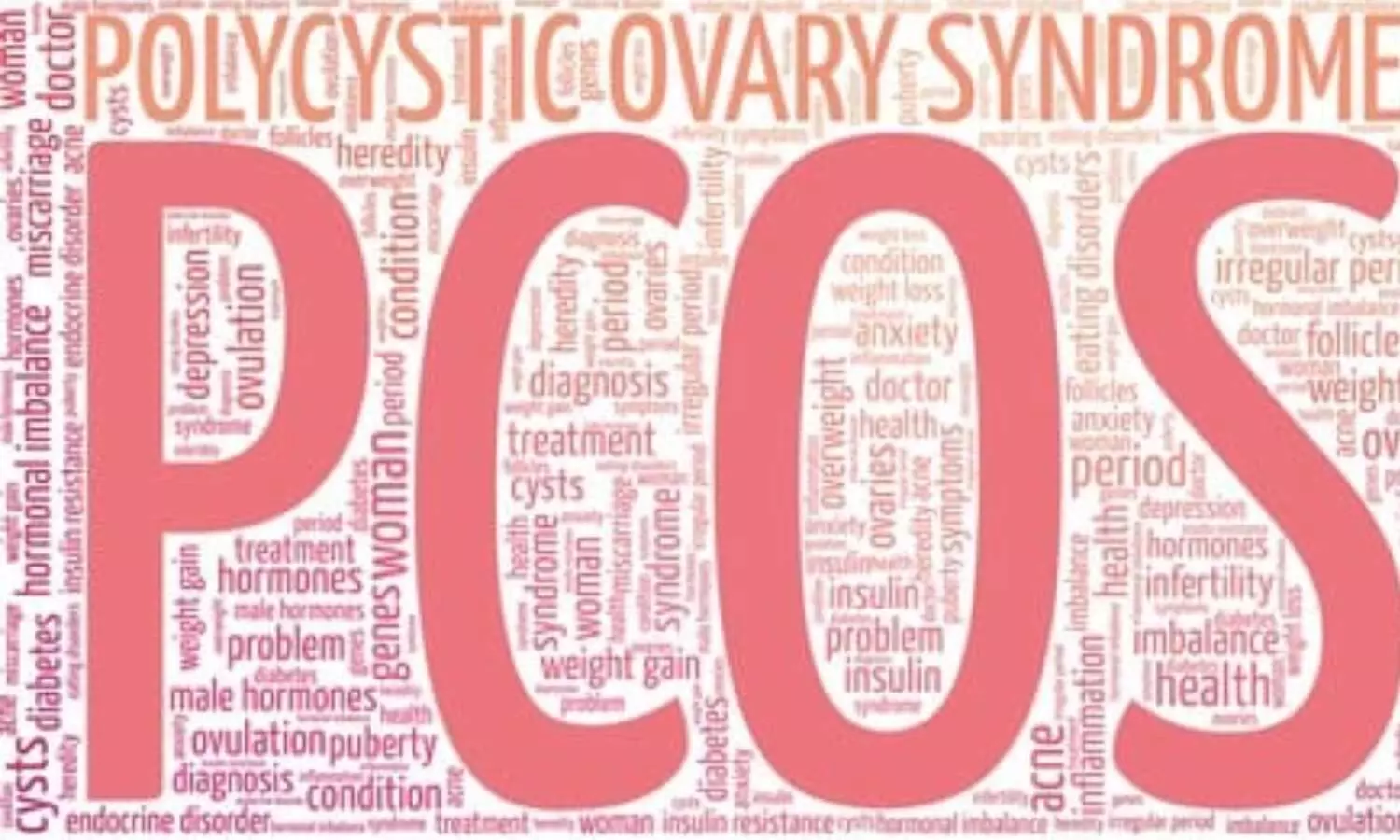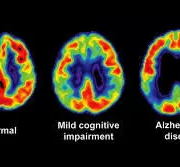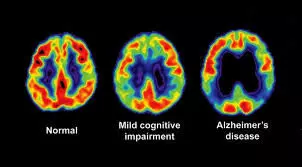Smart contact lens keeps an eye on your eyes-even when they’re closed: Study

A new kind of smart contact lens is poised to revolutionize how we monitor eye health. Designed to work even when the eyes are closed, this stretchable lens combines pressure and movement sensing in one compact, wireless system. It offers a noninvasive, high-resolution way to track key ocular signals like intraocular pressure (IOP) and eye movement (EM)-factors critical for managing chronic conditions such as glaucoma. Successfully tested in both animal and human models, the lens provides accurate, real-time data to external devices without disrupting vision or comfort. This innovation could mark a turning point in how we detect and manage eye diseases.
Vision disorders impact over a billion people worldwide, with glaucoma being one of the most insidious due to its slow, symptomless progression. Key biomarkers like elevated IOP and irregular eye movement (EM) often go unnoticed, especially during sleep, when traditional open-eye instruments fall short. Nocturnal like intraocular pressure (IOP) spikes and rapid eye movement (REM)-related EM events are particularly important for diagnosing and preventing damage. Smart contact lenses have emerged as a promising solution, but most are limited to open-eye use and struggle to capture dual-modal data with precision. Because of these limitations, there’s a growing need for wearable devices that can deliver continuous, closed-eye monitoring with both accuracy and comfort.
Now, researchers from the University of Electronic Science and Technology of China have developed a next-generation smart contact lens that does exactly that. Published (DOI: 10.1038/s41378-025-00946-y) in Microsystems & Nanoengineering in May 2025, the study unveils a soft, stretchable bimodal contact lens (BCL) capable of simultaneously monitoring IOP and EM, even with the eyelids shut. By integrating capacitive and magnetic sensors into a single, wirelessly connected platform, the device enables round-the-clock tracking of eye health, offering a new pathway toward personalized, proactive care.
The BCL combines five layers of carefully engineered materials, including serpentine copper coils for pressure sensing and a neodymium-infused magnetic film for movement detection. This flexible structure allows the lens to contour naturally to the eye, avoiding discomfort and preserving vision. In rabbit models, the lens demonstrated high sensitivity to IOP fluctuations, with resolution as fine as 1 mmHg and superior signal stability even when eyes were closed. EM detection achieved over 97% accuracy in both lab models and human trials, thanks to an integrated glasses-mounted Tesla meter array. Data from the lens are wirelessly relayed to mobile devices, supporting real-time feedback. Importantly, biocompatibility testing confirmed the device is safe for extended wear, with no signs of inflammation or visual disruption. Together, these features present a rare combination of precision, comfort, and practicality for clinical and everyday use.
“This technology bridges a long-standing gap in ophthalmic care,” says Dr. Guang Yao, co-lead author of the study. “The ability to monitor both IOP and EM continuously—even when the eyes are closed-offers a more complete picture of eye health. It enables early intervention and more accurate tracking of disease progression, particularly for glaucoma patients. And because it’s wireless and wearable, it can be used comfortably at home, not just in clinics.”
Beyond glaucoma, this dual-sensing lens could prove useful in monitoring attention-related disorders, neurodegenerative conditions, and even sleep quality through EM patterns. Its wireless integration with mobile devices means patients can share data with physicians remotely, supporting telemedicine and reducing clinical visits. Future versions may incorporate drug delivery features, turning the lens into a closed-loop diagnostic and therapeutic system. With its customizable design and proven safety, the BCL platform opens up new possibilities for smart medical wearables in personalized healthcare.
Reference:
Gan, X., Yao, G., Li, C. et al. Closed-eye intraocular pressure and eye movement monitoring via a stretchable bimodal contact lens. Microsyst Nanoeng 11, 83 (2025). https://doi.org/10.1038/s41378-025-00946-y
Powered by WPeMatico


















